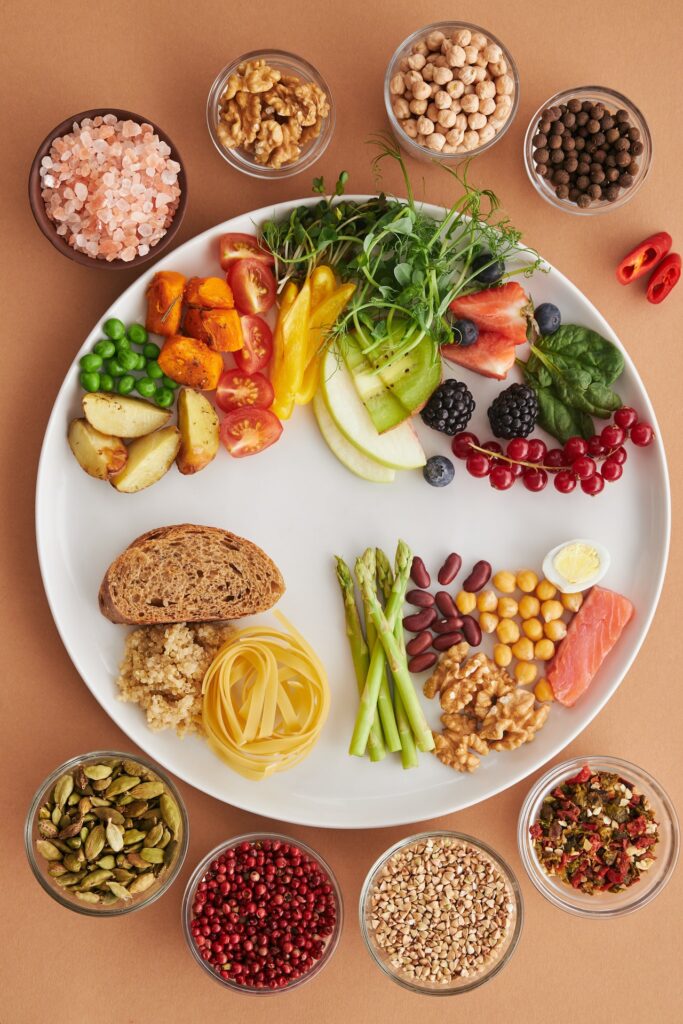
As we are all aware, maintaining a healthy and well-balanced diet is crucial for our overall well-being. One of the essential components that we often neglect is the intake of high-fiber Foods in our daily diet. Fiber is a type of carbohydrate that plays a vital role in keeping our digestive system healthy while promoting weight loss, reducing the risk of heart disease, and preventing certain types of cancers.
In this article, we present to you the ultimate guide to high-fiber foods and why you need them.
What is fiber?
Fiber is a type of carbohydrate that our body cannot digest or absorb. Instead, it passes through the digestive system relatively unchanged, promoting healthy bowel movements by adding bulk to our stool. There are two types of dietary fiber – soluble and insoluble. Soluble fiber dissolves in water and forms a gel-like substance, while insoluble fiber does not dissolve in water and remains unchanged as it passes through the digestive system.
Why is fiber important?
1. Promotes healthy bowel movements – Fiber helps to bulk up the stool, making it easier to pass through the intestines, and reducing the risk of constipation.
2. Manages blood sugar levels – Soluble fiber slows down the absorption of sugar into the bloodstream, preventing a sudden surge and helping regulate blood sugar levels.
3. Reduces the risk of heart disease – A fiber-rich diet has been shown to reduce the risk of heart disease by reducing LDL (“bad”) cholesterol levels.
4. Appetite control – Foods that are high in fiber keep us feeling full for longer, reducing the tendency to overeat and promoting weight loss.
So what are high-fiber foods?
1. Whole grains – Whole grain products like brown rice, whole wheat, and oatmeal are high in both soluble and insoluble fiber.
2. Vegetables – Vegetables like broccoli, brussels sprouts, artichokes, and carrots are high in both types of fiber.
3. Fruits – Fruits like apples, pears, bananas, berries, and oranges are rich in fiber.
4. Legumes – Legumes like lentils, beans, and chickpeas are an excellent source of soluble and insoluble fiber.
5. Nuts and seeds – Nuts and seeds like almonds, chia seeds, and flaxseed are high in both types of fiber.
Incorporating high-fiber foods into your diet can be easy and delicious. Start with small changes like swapping white bread for whole-grain bread, adding fruits and vegetables to your meals, or snacks on nuts and seeds. Remember to drink plenty of water when increasing your fiber intake, as fiber needs water to move efficiently through your digestive system.
In conclusion, fiber is an essential component of a healthy diet that provides a wide range of benefits for our well-being. By incorporating high-fiber foods into our daily diet, we can improve our digestive health, help manage blood sugar levels, reduce the risk of heart disease, and promote weight loss. Try incorporating at least one high-fiber food into every meal to start reaping the benefits of these incredible foods.
Read More Fitness Blogs on RawSwag Diet.
Learn More Everything About Diet In Detail.
The information and other content provided in this blog, website, or in any linked materials are not intended and should not be considered, or used as a substitute for, medical advice, diagnosis, or treatment.
[ad_2]


